Do you have a project that needs some heavy-duty fastening? An impact driver might be just what you need. Impact drivers use high torque and a rotational hammering motion to quickly drive screws and bolts into hard materials. But using an impact driver can be tricky if you’re not sure what you’re doing. In this article, we will answer common questions about how to use an impact driver and provide some useful tips to help you get the job done like a pro!
What is an Impact Driver
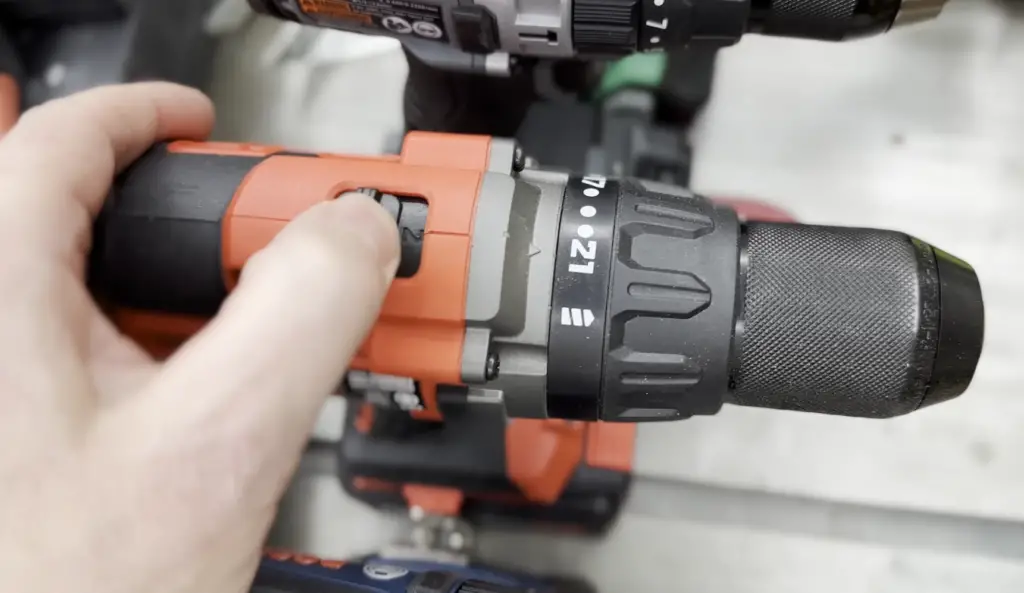
The tool is powered by an electric motor and typically comes equipped with either a 1/4-inch hexagonal shank or square drives. Most impact drivers have variable speed settings so you can adjust the amount of torque needed for different projects.
High torque tools like impact drivers are incredibly useful for any project that requires a lot of driving or loosening of fasteners. This includes tasks such as driving screws into hard materials, removing stripped screws, and assembling furniture or appliances. Thanks to the tool’s low profile head, you can also use it in tight spaces such as corners.
Impact drivers are often used to create holes in concrete or masonry walls; loosen rusty bolts; and drive long screws into hardwoods or other materials that require greater torque than what a standard screwdriver can provide. With their power and convenience, impact drivers make it easier for professionals and DIYers alike to complete a wide range of tasks quickly and easily.
The main benefit of using an impact driver is that it makes it easier and faster to drive or loosen screws, bolts, nails, and other fasteners than a traditional screwdriver would. It also requires less effort since the torque generated by the motor does most of the work for you. Additionally, because impact drivers are cordless, they’re easy to store and transport from one job site to another. Finally, they come in handy when dealing with difficult materials like hardwoods or concrete walls – providing more power than what a manual screwdriver can offer. [1], [2], [3]
Parts of an Impact Driver
Impact drivers typically come with a variety of parts and accessories. Here’s a quick look at the main components that make up an impact driver:
Grip
The grip is the handle of the impact driver. It’s usually made of plastic or rubber for a comfortable hold and to reduce fatigue when using the tool for extended periods of time. The handle typically has triggers on either side so you can easily control the speed and power with your hands.
Trigger
The trigger is the main control for the impact driver. On most models, you’ll find separate triggers for forward and reverse modes. When one of the triggers is pressed down, the motor will start to rotate in either direction (depending on the mode it’s set to). Releasing the trigger will stop the rotation.
Collet
The collet is the part of the impact driver that holds the bit in place. It’s usually made of metal and is designed to securely hold the bit in place while it’s in use. Most collets are adjustable so they can accommodate a variety of bit sizes.
Bit
The bit is the part of the tool that actually drives or loosens the fasteners. The most common type of bit used in impact drivers is a 1/4-inch hexagonal shank, however there are other types available such as square drives and Phillips heads.
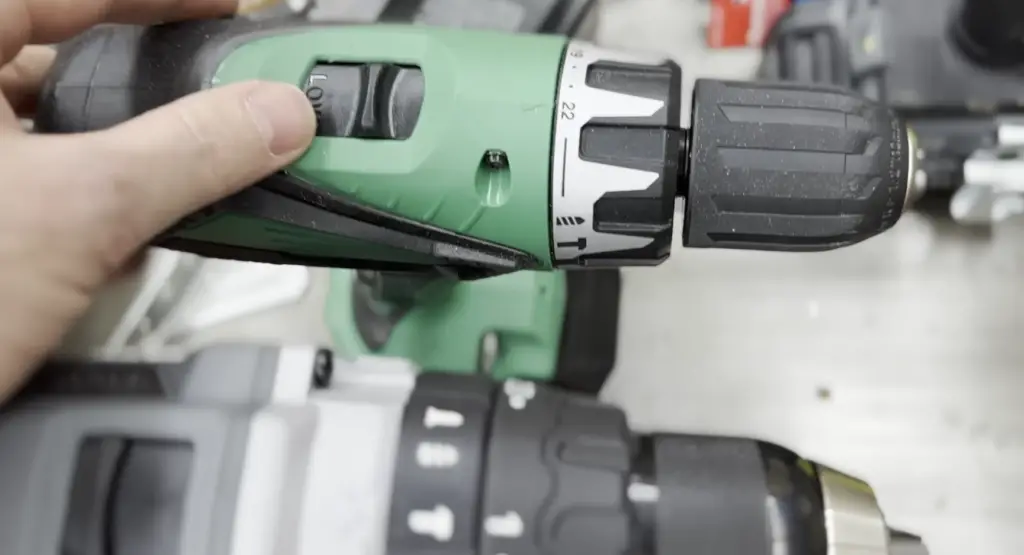
Forward/Reverse Switch
The forward/reverse switch is used to switch the impact driver between driving and loosening modes. Depending on the model, this switch may be located on either side of the grip or at the base of the tool.
Battery
Most impact drivers are powered by a rechargeable lithium-ion battery. The size of the battery will vary depending on the power and runtime needed for your individual tasks. Some models also have an LED indicator light that lets you know when it’s time to charge up again. [1], [2]
How Drive Screws With an Impact Driver
Now that you know more about the parts that make up an impact driver, it’s time to discuss how to use one. In this section, we’ll dive into the steps you need to take in order to drive screws with an impact driver.
Choose the Bit
The first step in using an impact driver to drive screws is selecting the appropriate bit.
Using the correct bit for an impact driver is crucial to ensure a successful project outcome and is key to proper use of the tool. An impact driver is designed to deliver more torque than a traditional drill, so using a bit that won’t handle that extra force can cause it to snap or bend, damaging your work piece. Additionally, using the wrong size bit may prevent you from fully fastening the screw or bolt into place.
The most common bits used with impact drivers are Phillips and slotted head bits; however, other specialty bits such as Torx may be required depending on the type of screws being driven. Impact drivers vary in size and output power, so it’s important to make sure you choose the appropriate bit for your tool’s size and power.
It is also important to consider the material you are working with when deciding which type of bit to use. Softwood will require a softer more blunt bit, while harder materials such as metal or dense wood require a sharper point that can pierce through the material. Additionally, using bits made from more durable materials such as titanium-coated steel or carbide tips will help ensure longer life and better performance.
Select the Direction
Once you have chosen the appropriate bit for your project, it’s time to select the direction of rotation. Impact drivers offer two modes: clockwise and counter-clockwise. Clockwise is used for driving screws in, and counter-clockwise is used for removing screws or bolts. It’s important to get this step right because reversing the direction can cause further damage to both the driver and your workpiece.
Drive the Screw
Once you’ve selected the bit and direction, it’s time to drive the screw. Line up the tip of your bit with the head of the screw so that it sits flush against the surface. Then, squeeze and hold down the trigger until the screw is securely fastened into place. Make sure to keep a steady pressure on both the handle of your impact driver and your workpiece as you drive in each screw in order to ensure accuracy and quality results.
Remove the Bit
Finally, when you’ve successfully driven in all the screws, it’s time to remove the bit. To do this, switch your impact driver to counter-clockwise mode and slowly back out each screw until it is loose enough to be removed by hand. Once all of the bits are removed from the screws, turn off your impact driver and store it away for later use. [1], [2]
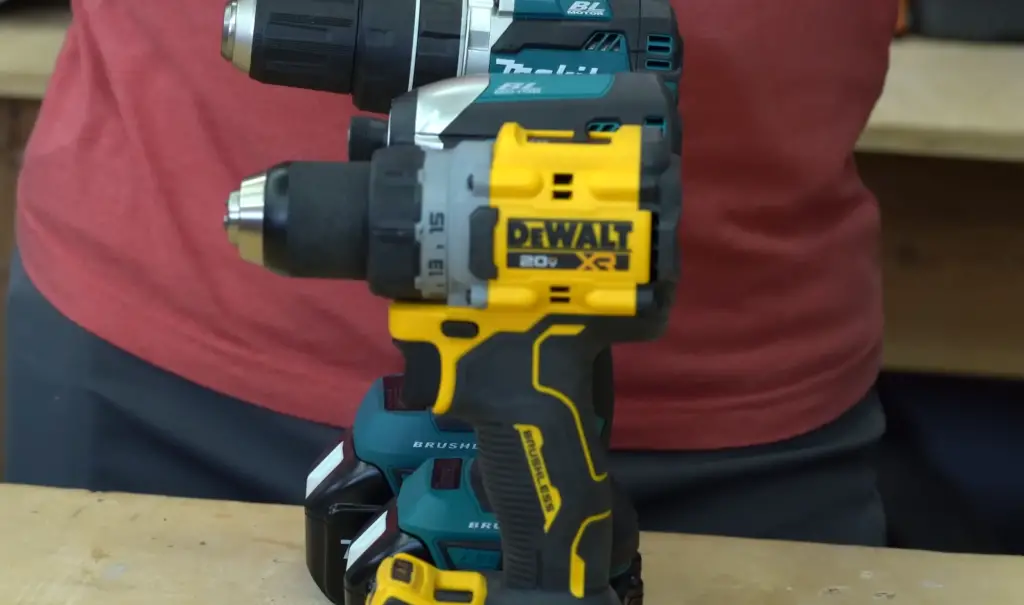
How to Use an Impact Driver to Remove Screws
Let’s move on to the next step – using an impact driver to remove screws. Removing screws with an impact driver is a bit different than driving them in, as you need to switch the direction of rotation from clockwise to counter-clockwise and use more force when loosening them.
To start, switch your impact driver’s mode to counter-clockwise. Then, line up the tip of your bit with the head of the screw and pull the trigger until you feel it begin to loosen. Make sure that you keep a steady pressure on both the handle and workpiece during this process, as too much pressure can cause damage to both your tool and project piece. Once loose enough, you should be able to unscrew it by hand or with a screwdriver. Repeat this step for each of the screws you need to remove. Once all of the screws are out, turn off your impact driver and store it away for future use. [1], [2]
Safety Tips
In this section, we will discuss a few safety tips to keep in mind while using an impact driver in detail.
Read the instructions beforehand
When using an impact driver, it is essential to read the instructions before attempting to use this tool. Even if someone has experience with similar tools, reading the instructions can help ensure that one is using the correct settings and safety measures for a particular job.
Familiarizing oneself with the specific instructions of an impact driver will help one understand how to safely operate the tool, what battery or power source is needed for adequate performance, and which types of bits are available for different types of screws. Additionally, reading instructions may provide advice on maintenance and troubleshooting in case something goes wrong.
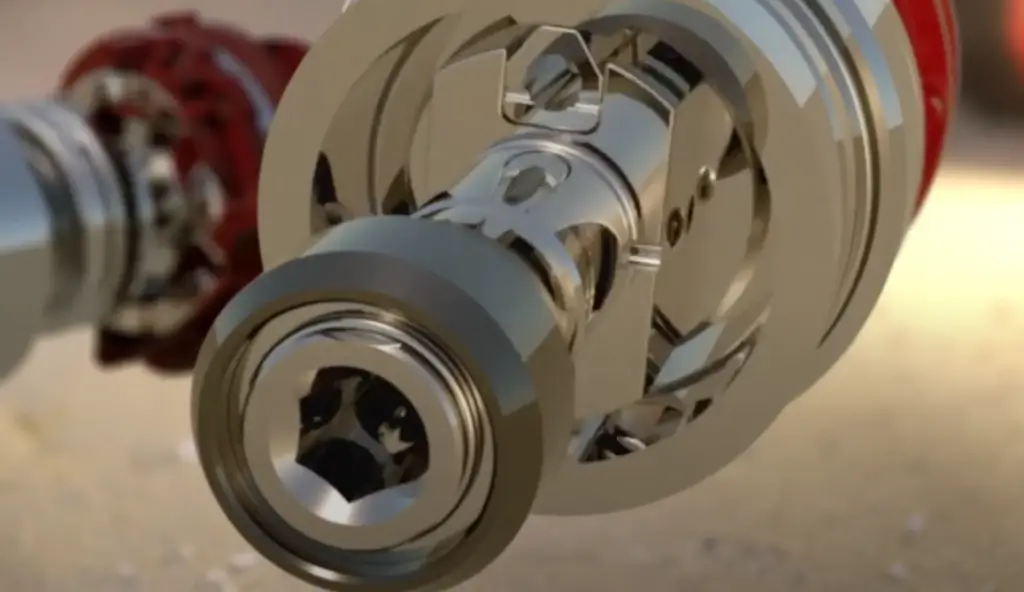
Wear protective gear
As we already mentioned, it is important to use protective gear whenever operating an impact driver. This includes wearing eye protection such as safety glasses or a face shield, hearing protection like earplugs or earmuffs, and sturdy work boots. Additionally, one should wear snug-fitting clothing that won’t get caught in the tool and gloves for a secure grip.
Check connections
Before starting any project with an impact driver, it is wise to check all connections and make sure everything is firmly secured. This includes checking the battery connection if using a cordless model as well as making sure the bit is securely fastened in the chuck. If there are any loose connections that could cause damage to the tool or create hazardous conditions while working,
Don’t wear loose clothing
It is important to wear snug-fitting clothing when using an impact driver. This will help prevent loose fabric from getting caught in the tool and potentially damaging it or creating a hazardous working environment. Additionally, if wearing jewelry while operating this tool, one should make sure that it is secure and not likely to get entangled with any moving parts of the impact driver.
Avoid overloading the motor
One of the most common mistakes people make when using an impact driver is trying to apply too much force on a screw. Not only can this increase wear on the tool, but it can also cause damage to screws or other materials being worked on. To avoid overloading the motor and causing damage to either the tool or materials
Maintain your working area tidy
Lastly, always make sure to keep the working area tidy and free of debris. This is especially important for impact drivers since these tools can create a lot of dust and small particles that may be hazardous if not properly disposed of. Additionally, having an organized work space makes it easier to find tools or materials quickly when needed. [1], [2], [3]
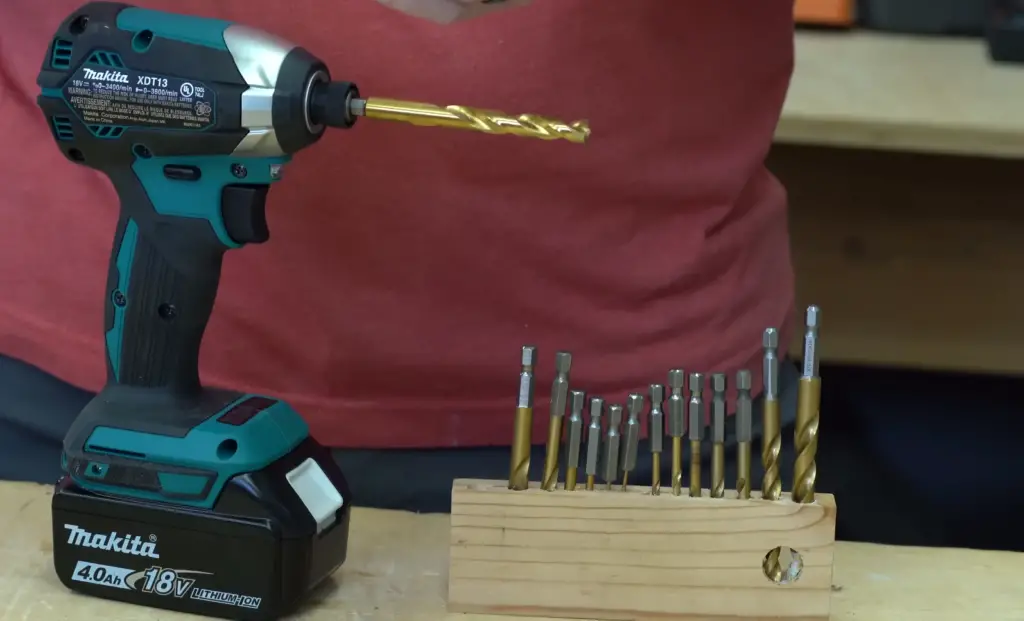
FAQ
Can you use an impact driver as a screwdriver?
Yes, you can use an impact driver as a screwdriver. Impact drivers are designed to deliver more power than regular screwdrivers, so they are able to drive larger screws into tougher materials like metal and hardwood with ease. They also have the capability to reverse torque which allows them to unscrew bolts with just as much force.
To use an impact driver as a simple screwdriver, hold the tool in one hand and the bit in the other and line them up correctly before inserting it into the head of the screw or bolt. Once it is inserted correctly, simply press down on the handle and twist clockwise until it is either completely tightened or loosened depending on your desired outcome.
When should I use an impact driver?
An impact driver is a great tool for anyone that regularly works with screws, bolts, or nuts. Impact drivers are ideal for quickly driving and removing larger fasteners, such as lag screws and carriage bolts. They are also used to loosen rusty or seized nuts more efficiently than using a standard drill/driver.
Impact drivers can be employed in a variety of tasks, including: building decks and fences; installing cabinets; assembling furniture; mounting hardware on doors and walls; installing sinks and faucets; setting electrical boxes in drywall; anchoring posts into concrete foundations; drilling pilot holes for construction projects; and much more.
Why use an impact driver over a drill?
An impact driver is a power tool that uses an accelerated hammering action to turn screws and bolts quickly and easily. Impact drivers are more powerful than regular drills, making them ideal for driving long fasteners into hard materials like metal or concrete. They also require less effort from the user, so they can be used for repetitive tasks without tiring out your arm as quickly.
Impact drivers have several advantages over traditional drills:
- They generate significantly more torque, which makes them better suited for quickly putting in large screws, lag bolts, and other tough jobs.
- They are much lighter and smaller than traditional cordless drills, making them easier to use in tight spaces where you don’t want to lug around a bulky drill.
- Their hammering action helps to reduce the risk of stripping screws or damaging surfaces when working in delicate areas.
How does an impact driver work?
An impact driver is a tool that uses rotational force and sudden, sharp strikes to drive screws and bolts into material such as wood, plastic, and metal. Unlike a traditional screwdriver which only applies torque, an impact driver also has a hammering action that delivers short bursts of energy in order to drive screws faster.
The impact driver works by driving the bit into the workpiece with both the rotational force of its motor and a series of strong hammer blows. The blow helps break down any resistance from corroded or rusted fasteners. As each blow hits the fastener, it loosens it further until it’s completely driven into place. This combination of speed and power makes an impact driver perfect for working with difficult materials.
The hammering action of the impact driver is generated by a series of internal components, including a cam, anvil, and two springs. When you press the trigger on the impact driver, it activates the motor which turns a shaft connected to the cam. The cam then moves back and forth in a linear fashion, pushing against one of the springs and compressing it as it does so. As soon as the spring reaches its maximum compression, energy from it is transferred to the anvil which then strikes out with tremendous force to drive in screws or bolts.
Useful Video: What Is An Impact Driver? How To Use an Impact Drill
Conclusion
Impact drivers are powerful tools that can be used for a variety of tasks. Whether you’re driving screws, drilling into concrete, or loosening bolts, an impact driver will provide the power and precision needed to get the job done quickly and safely.
In this article, we’ve discussed the basics of an impact driver, including how they work and what types are available. We’ve also gone over some tips for using an impact driver safely and effectively. With a bit of practice, you’ll be able to use your impact driver with ease on any project!
When using an impact driver, always wear protective eye-wear, ensure your workspace is well lit and free from obstructions, use the appropriate bit or socket for the job at hand, and take regular breaks if necessary to avoid fatigue. By following these tips and understanding how to use an impact driver properly, you’ll be able to work efficiently and confidently on any project. Thanks for reading this guide – now get out there and start building!
Happy Building!
References
- https://sawsonskates.com/how-to-use-an-impact-driver/
- https://www.experteasy.com.au/blog/how-to-use-an-impact-driver-simple-guide/
- https://powertoolgenius.com/how-to-use-an-impact-driver/






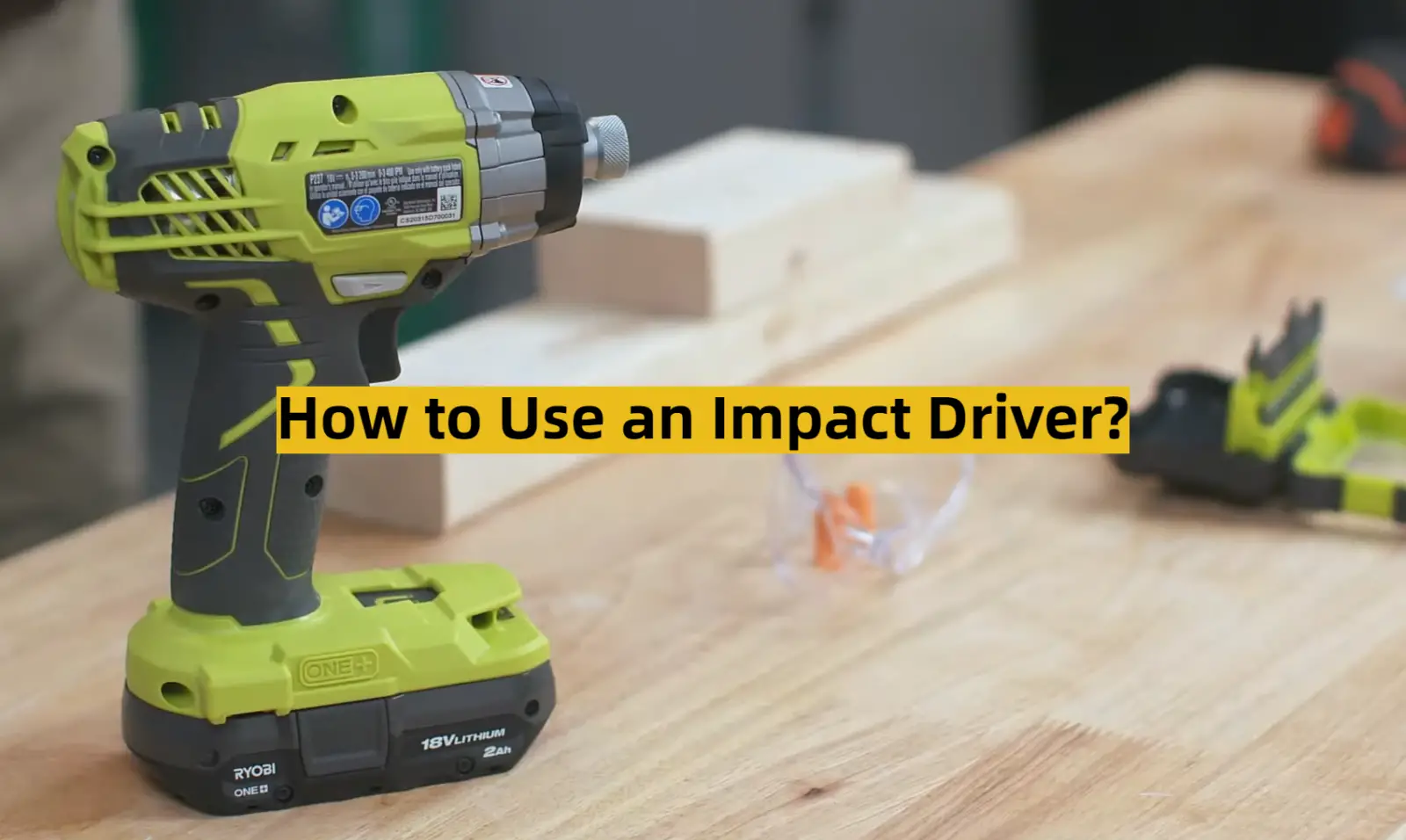




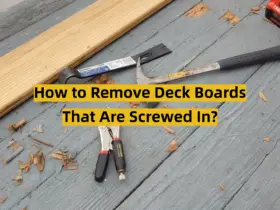
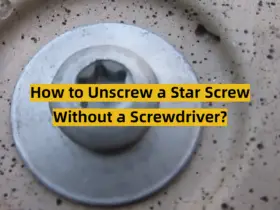
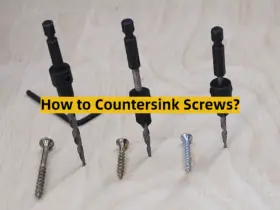
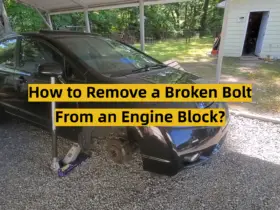
Leave a Reply